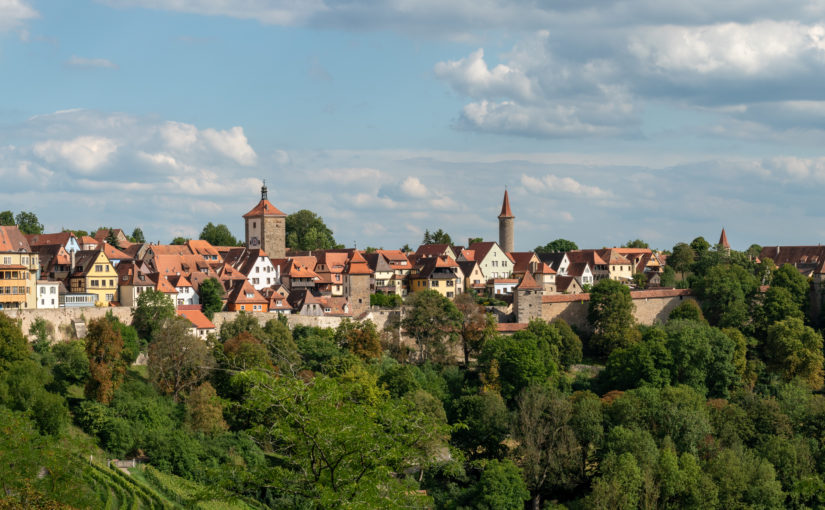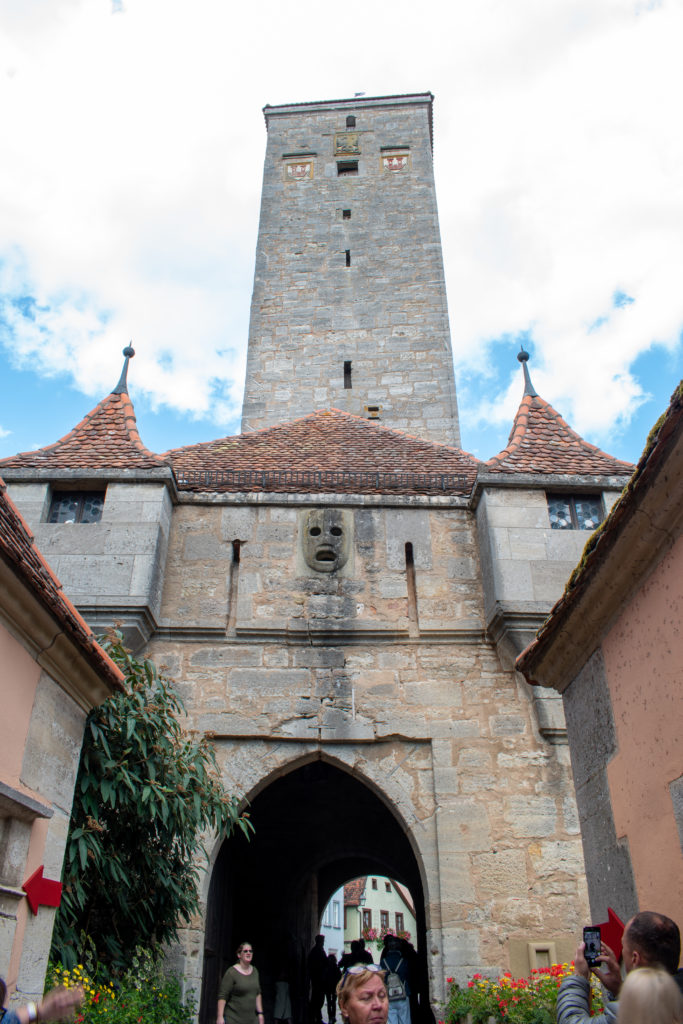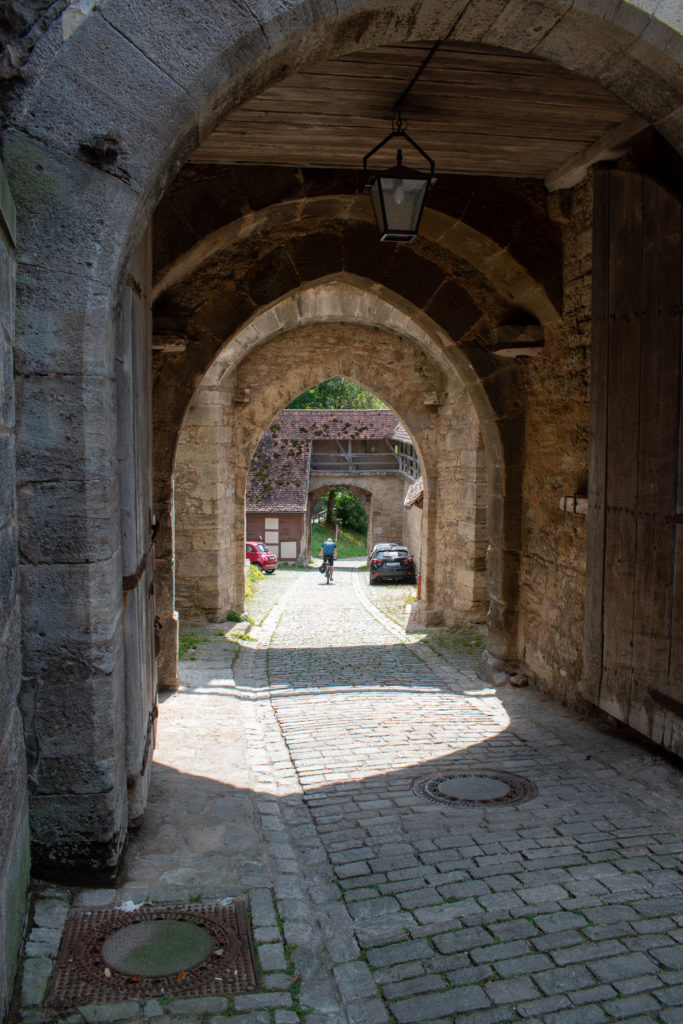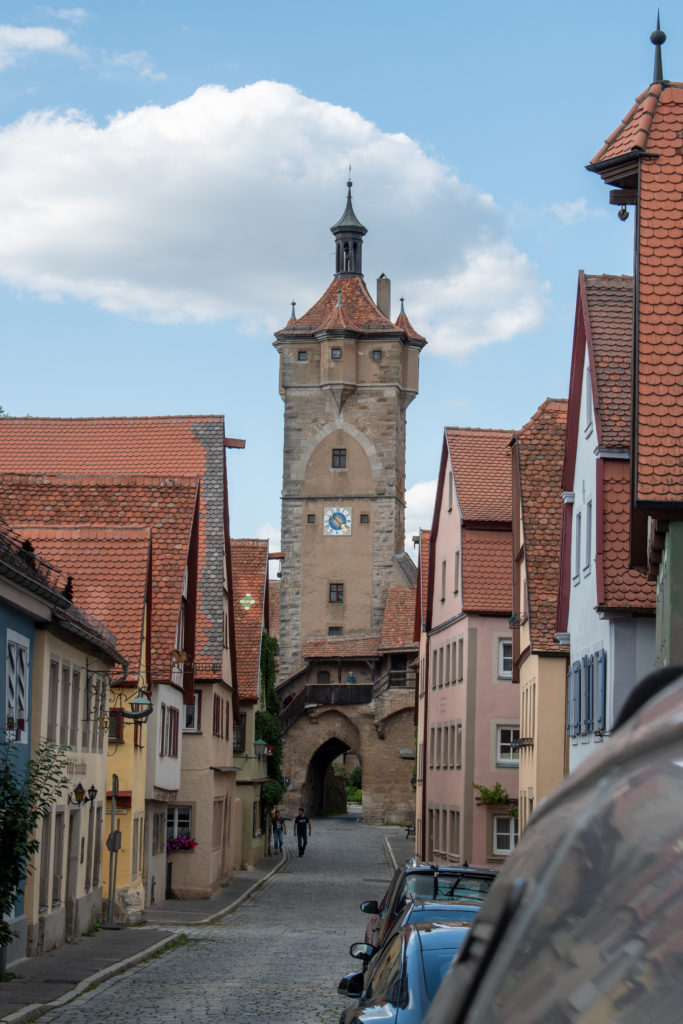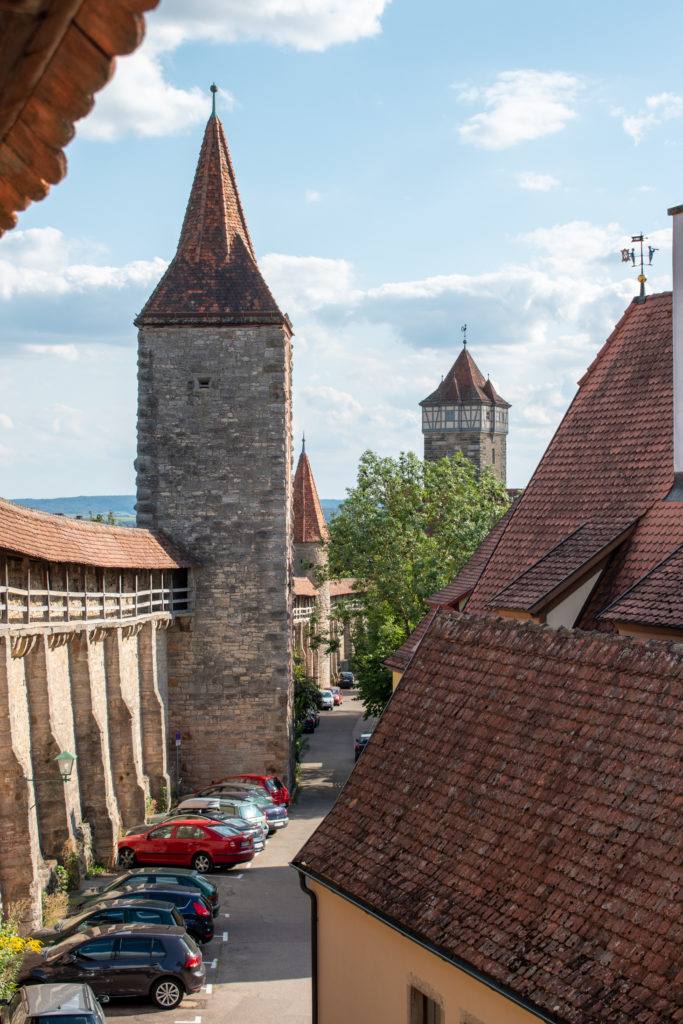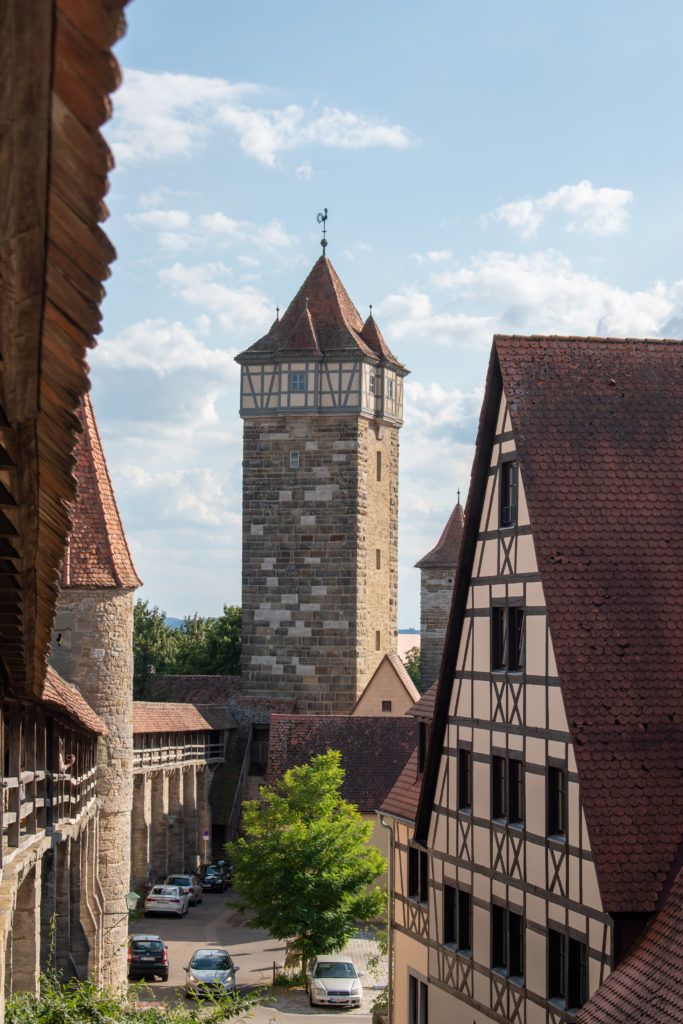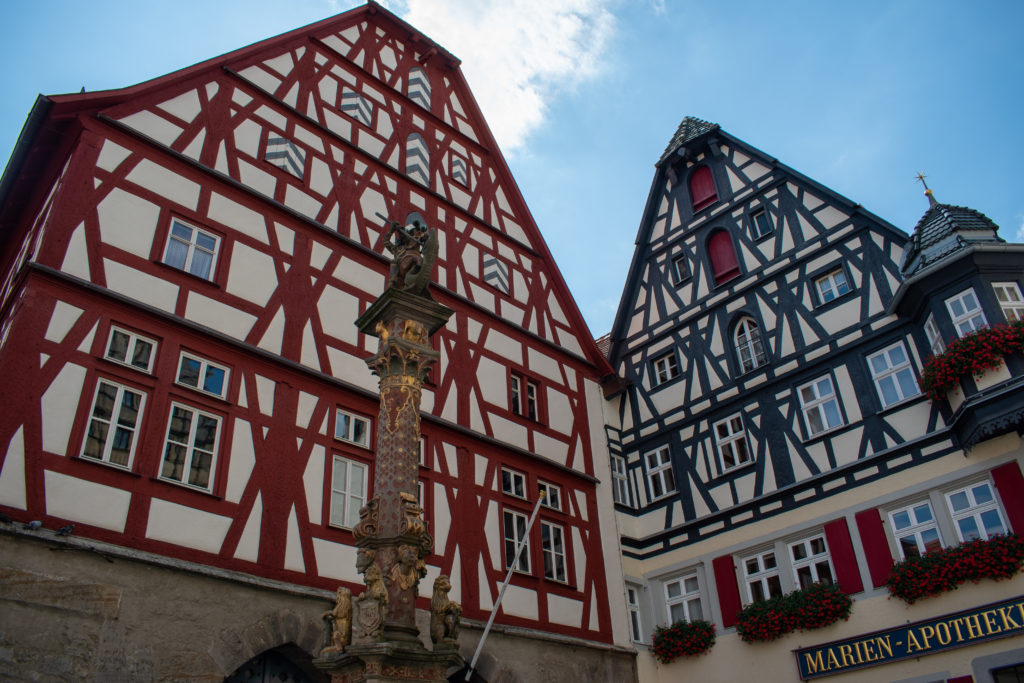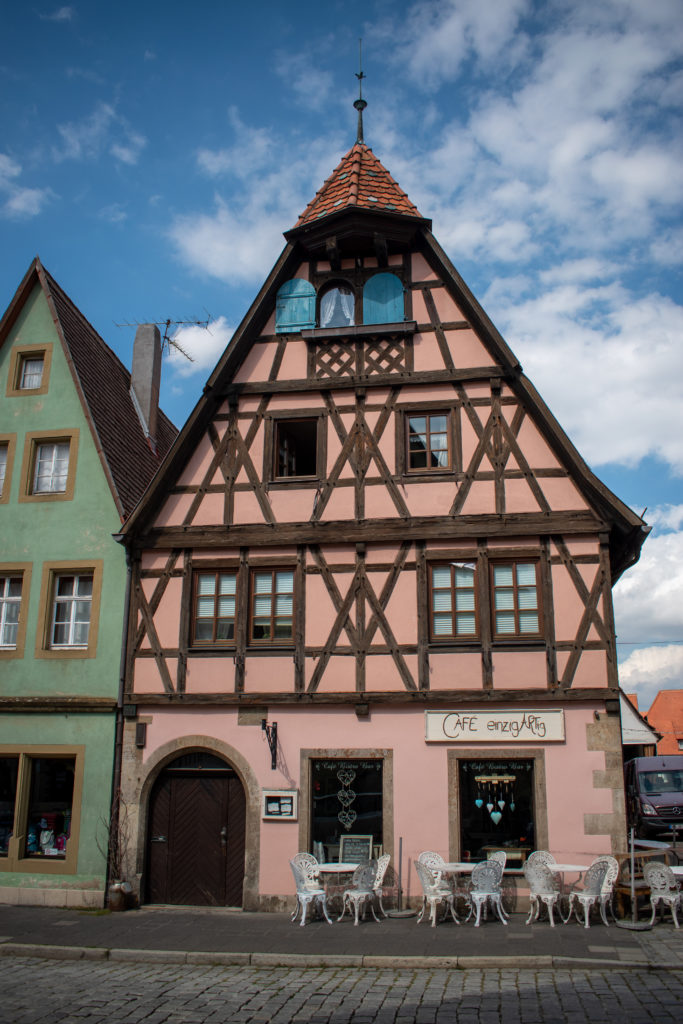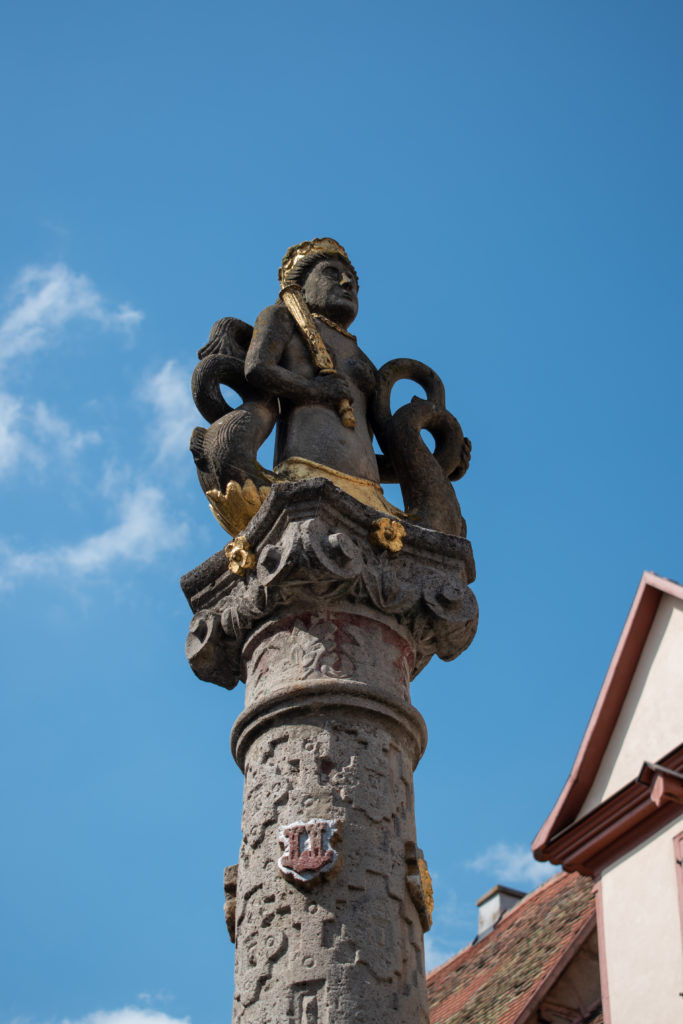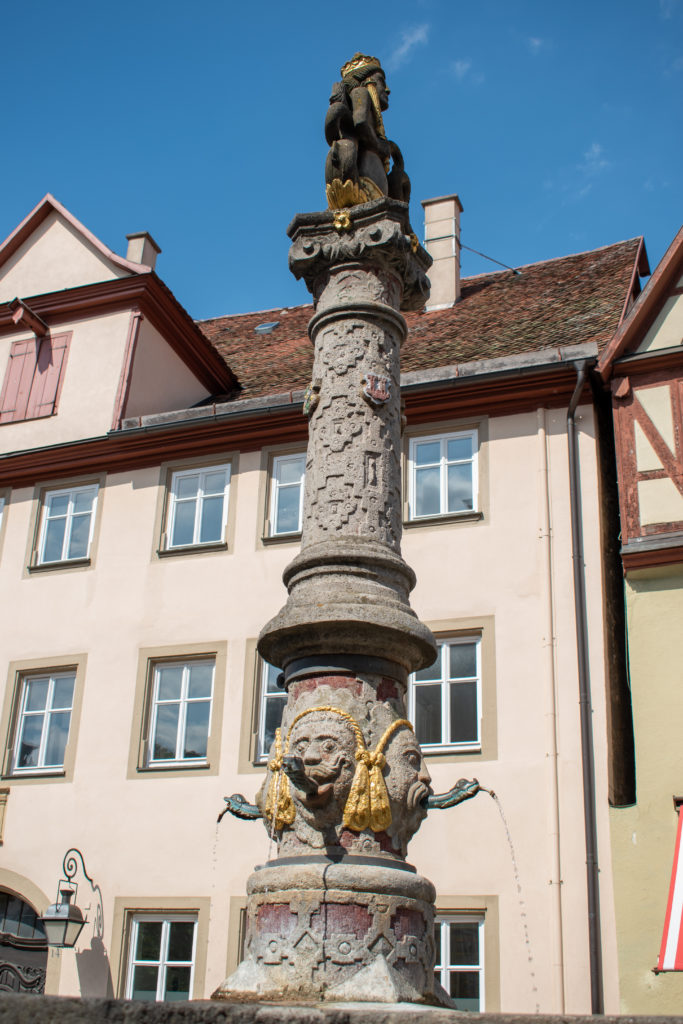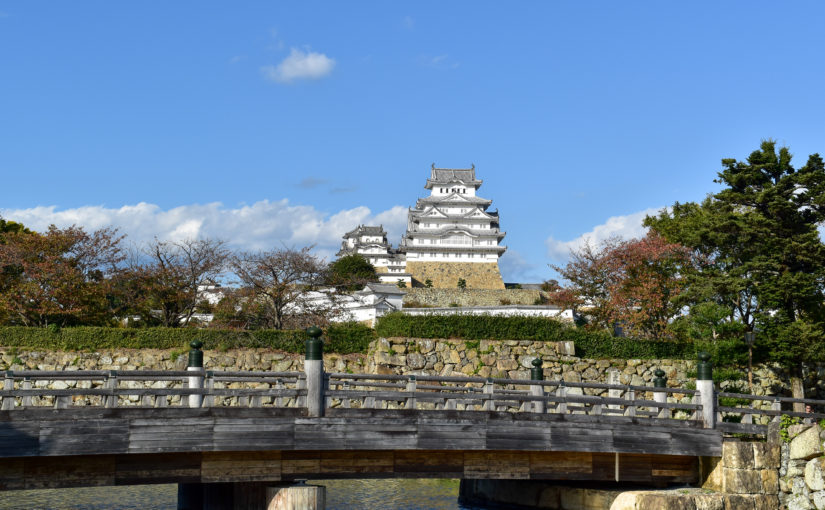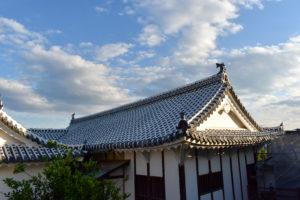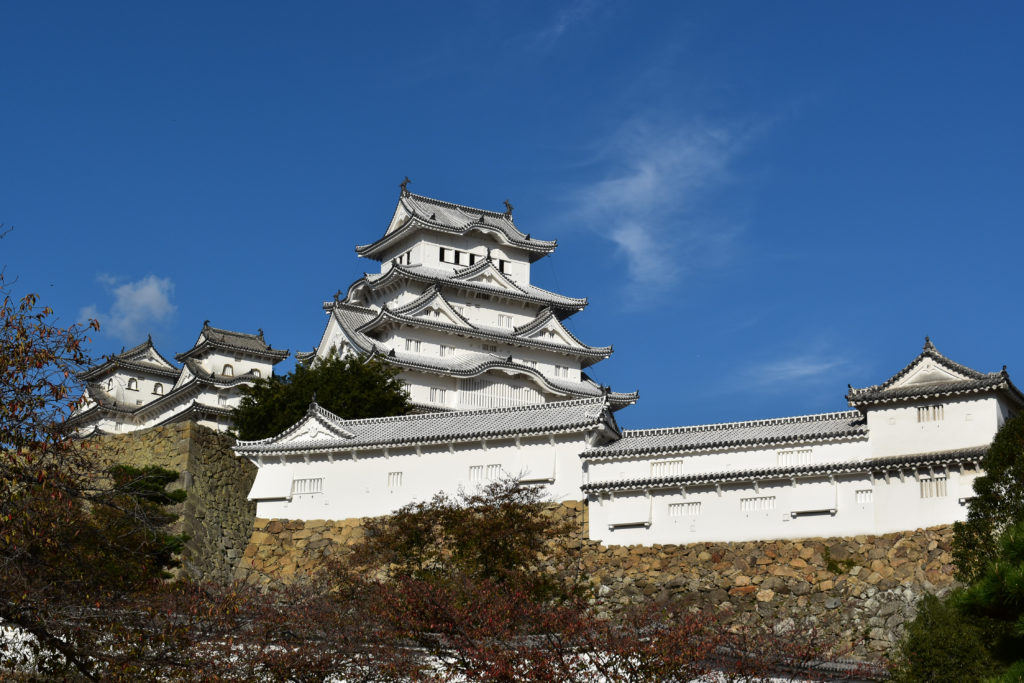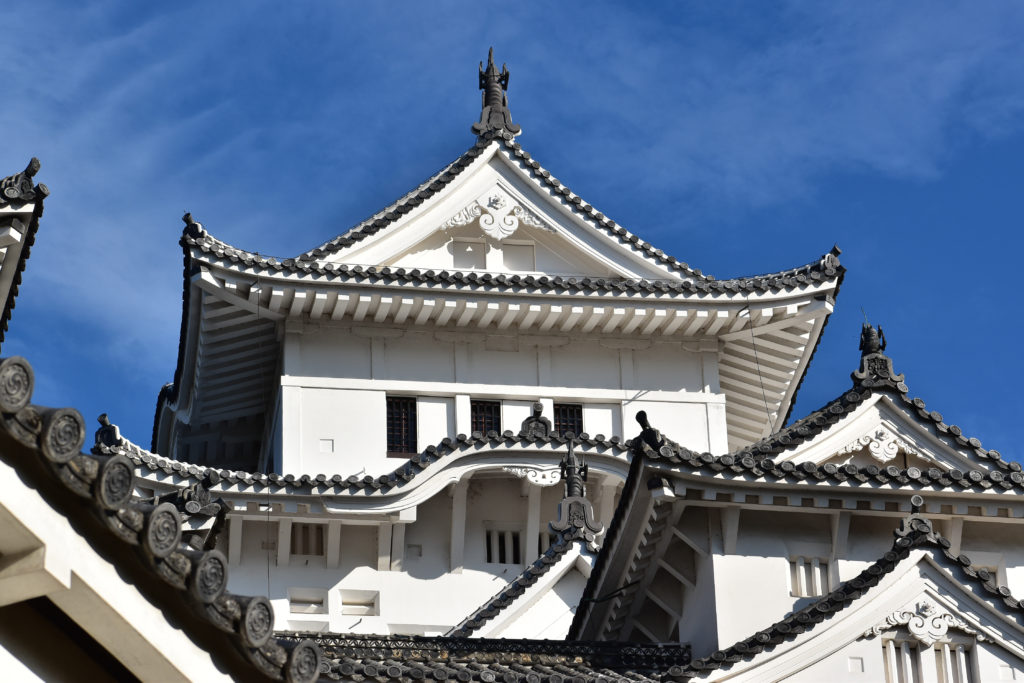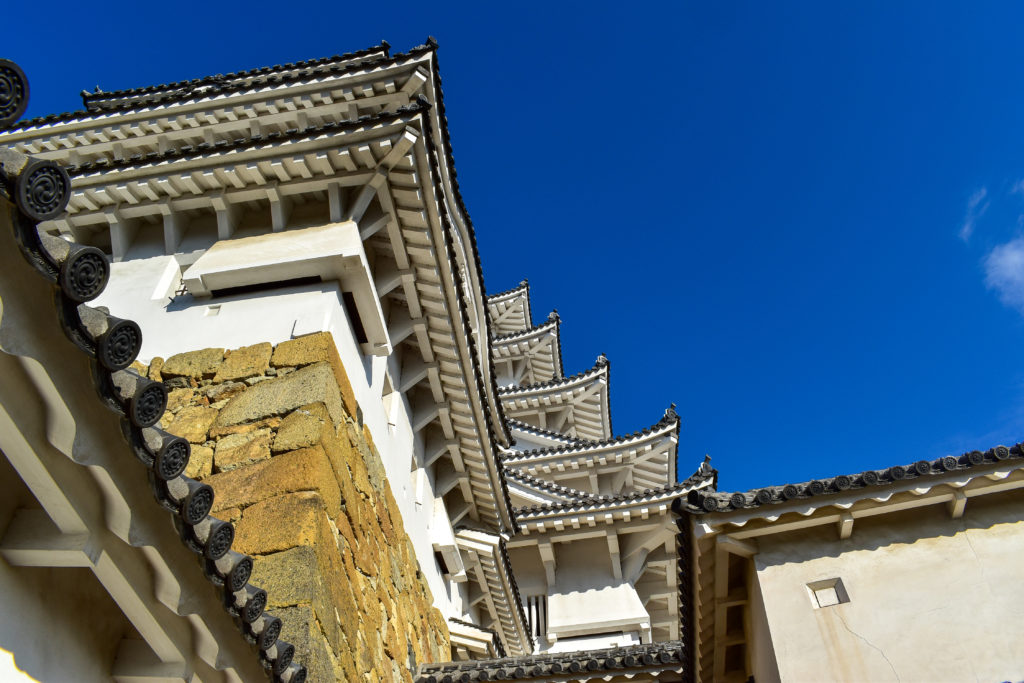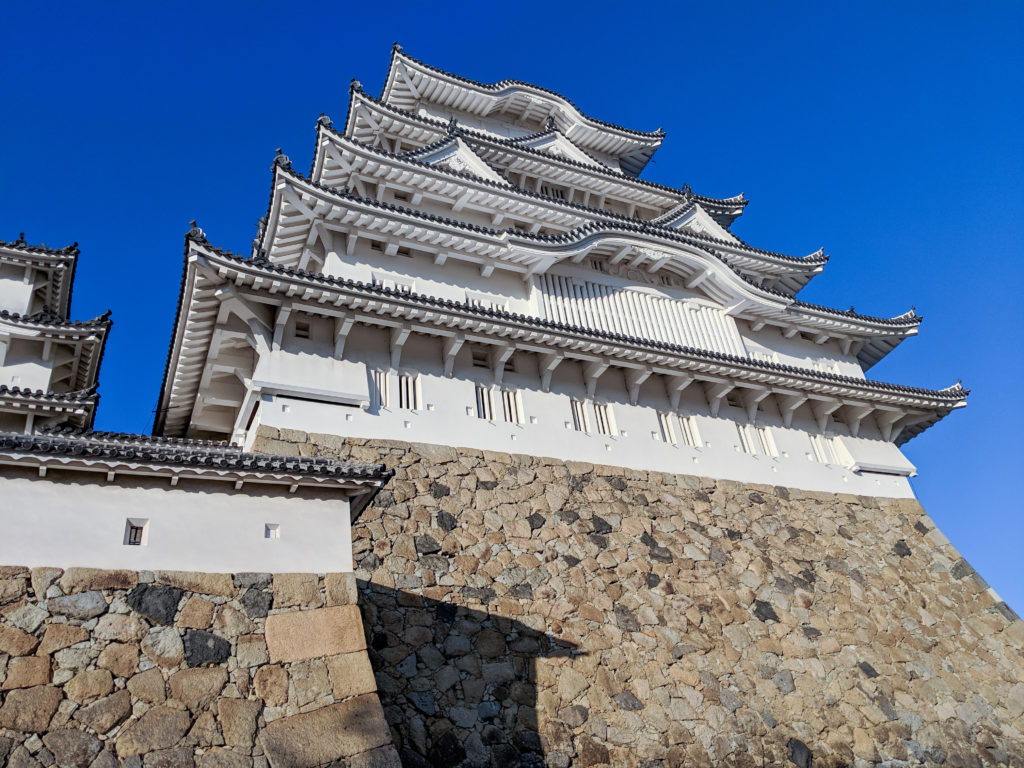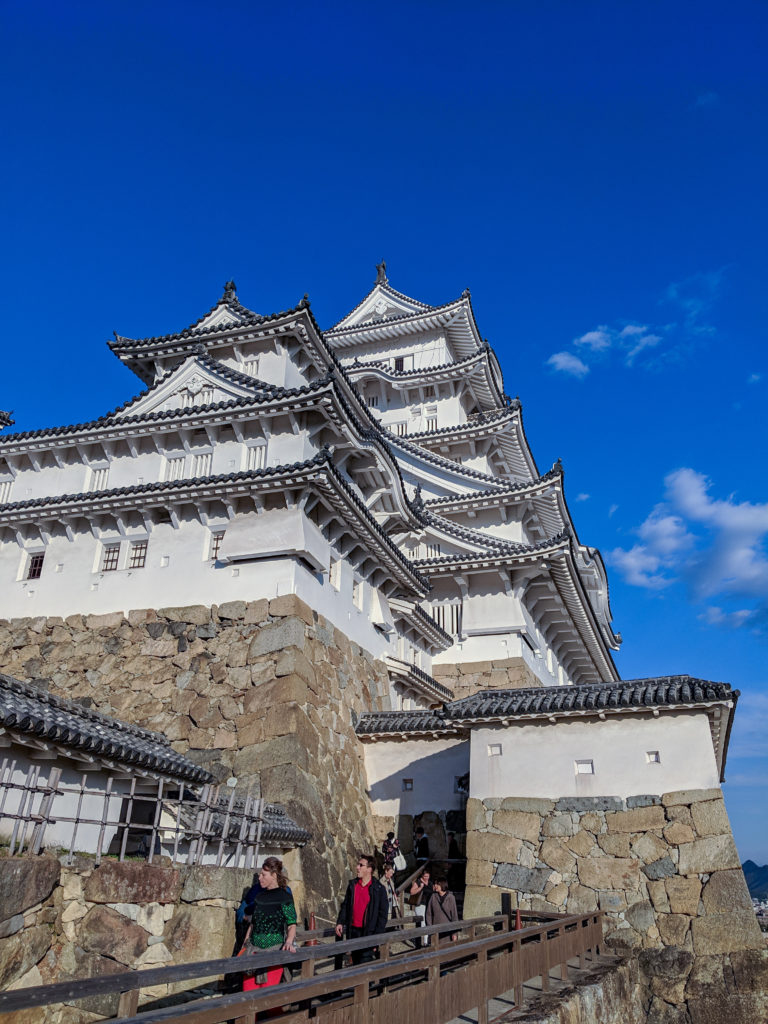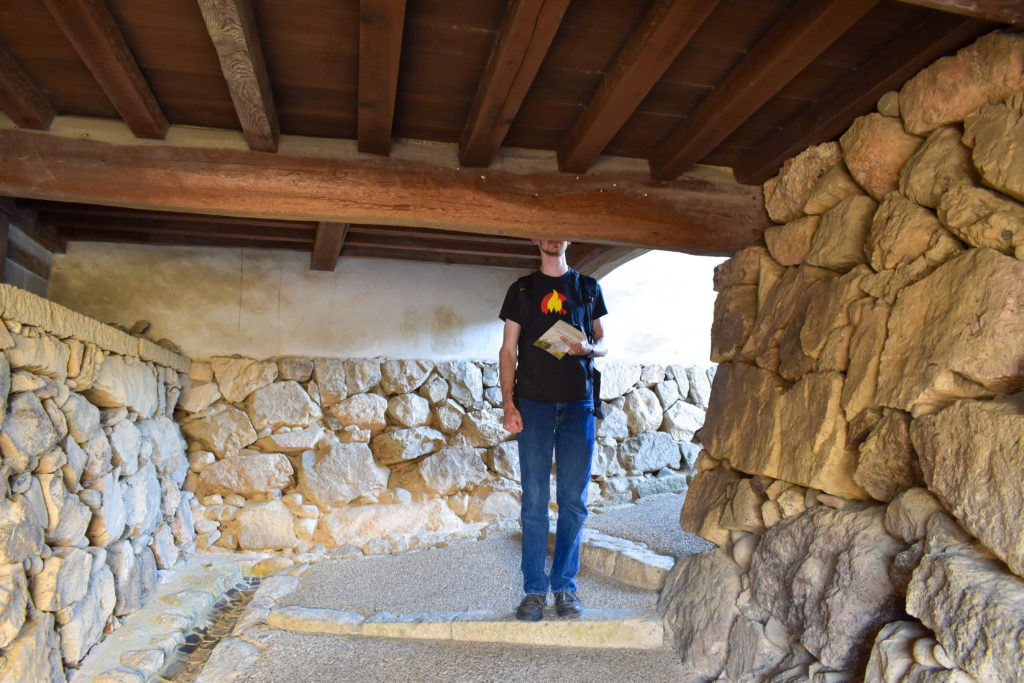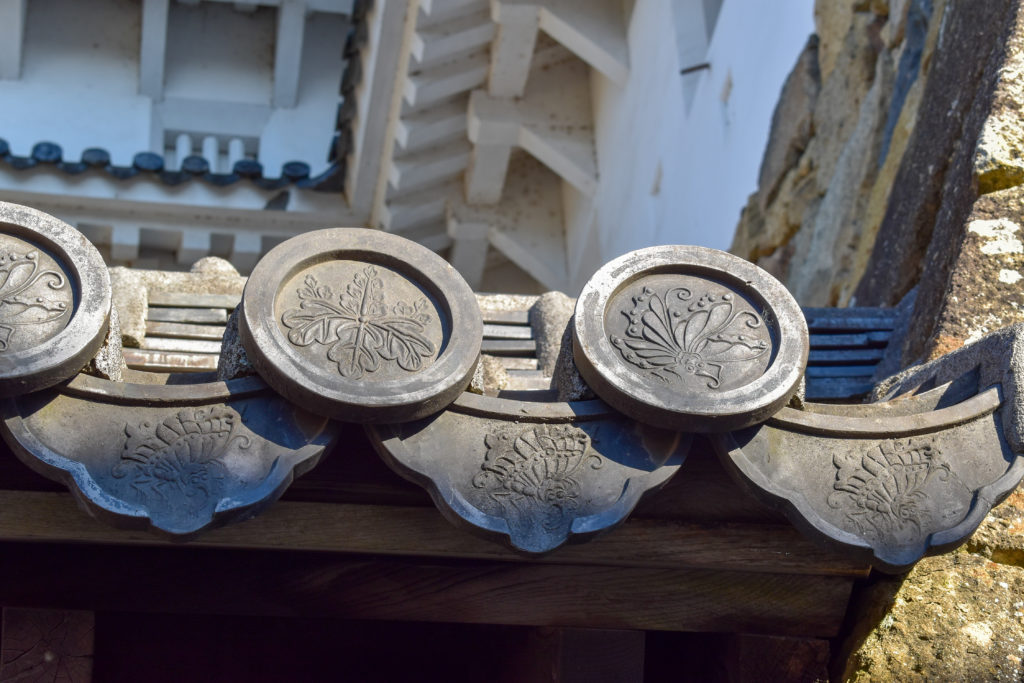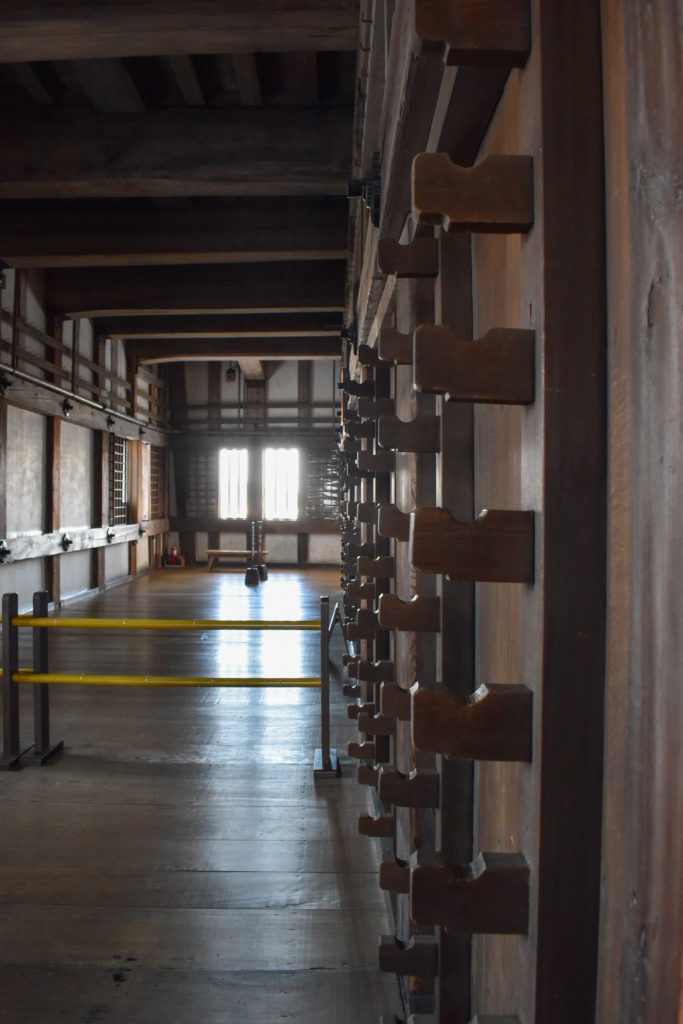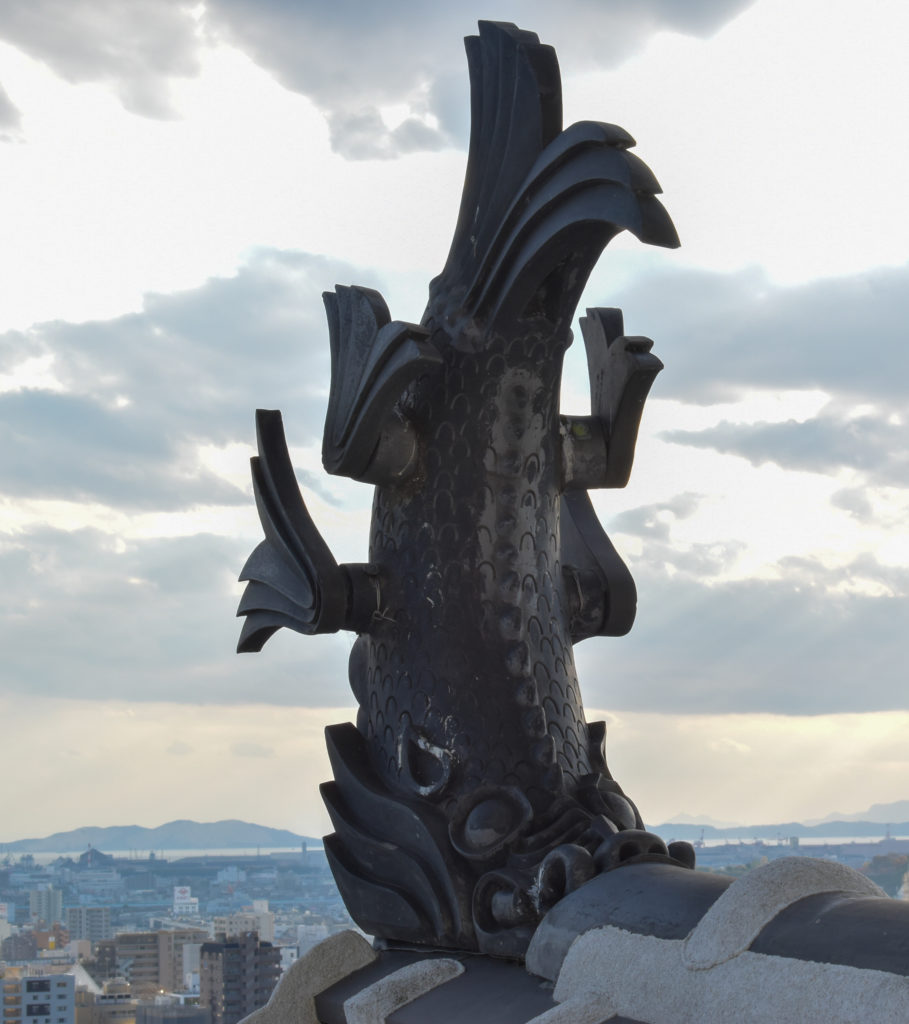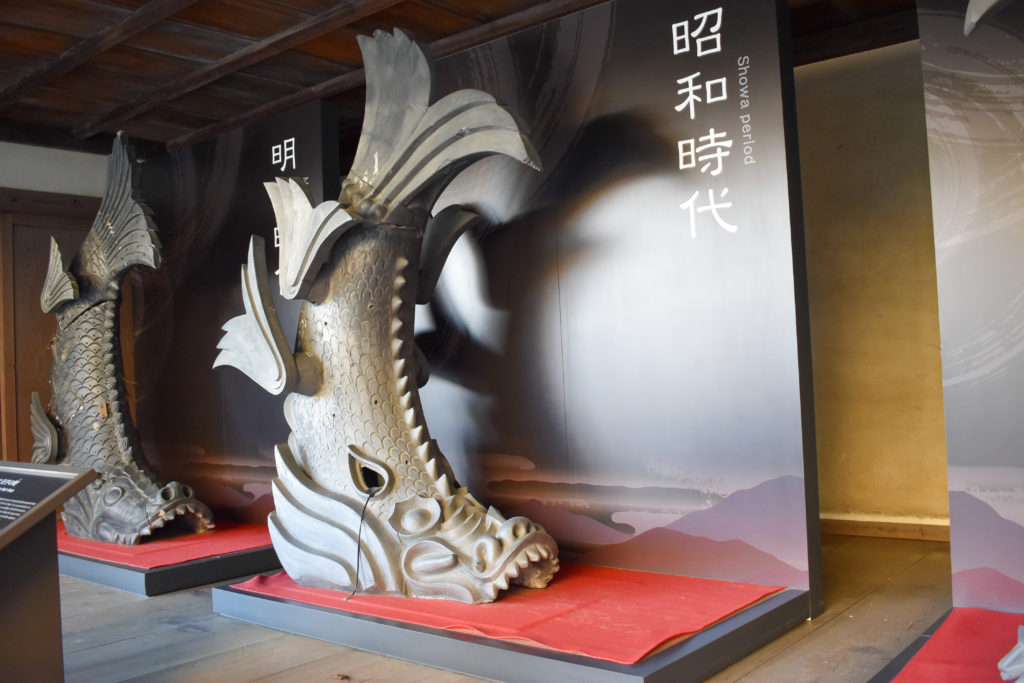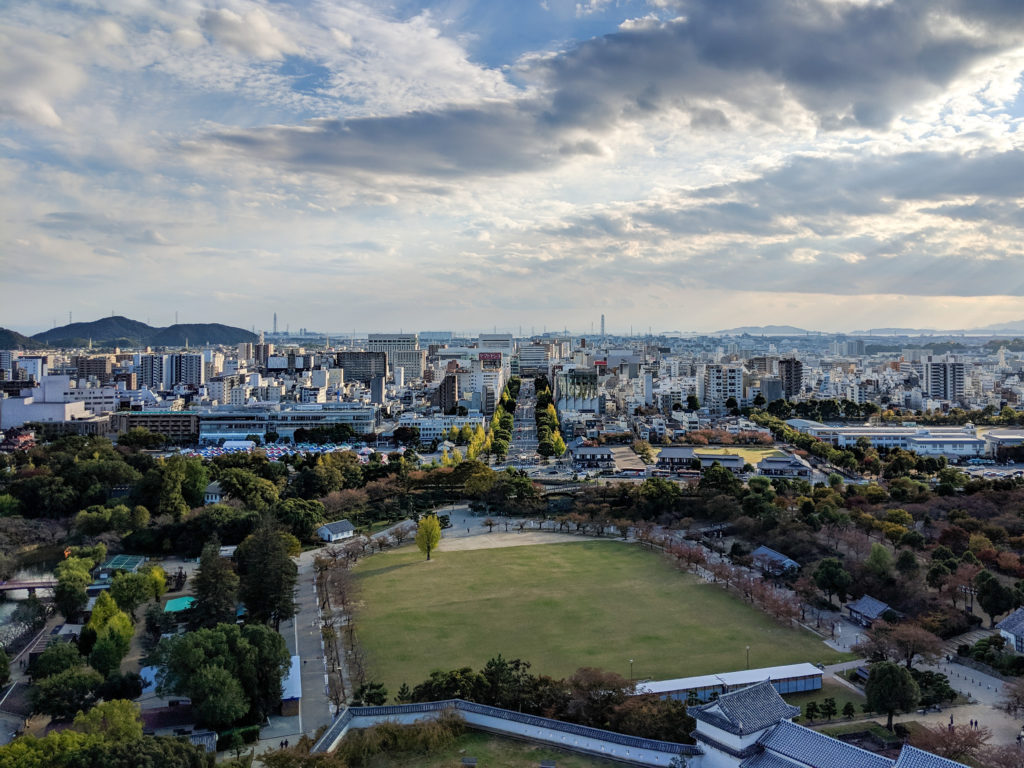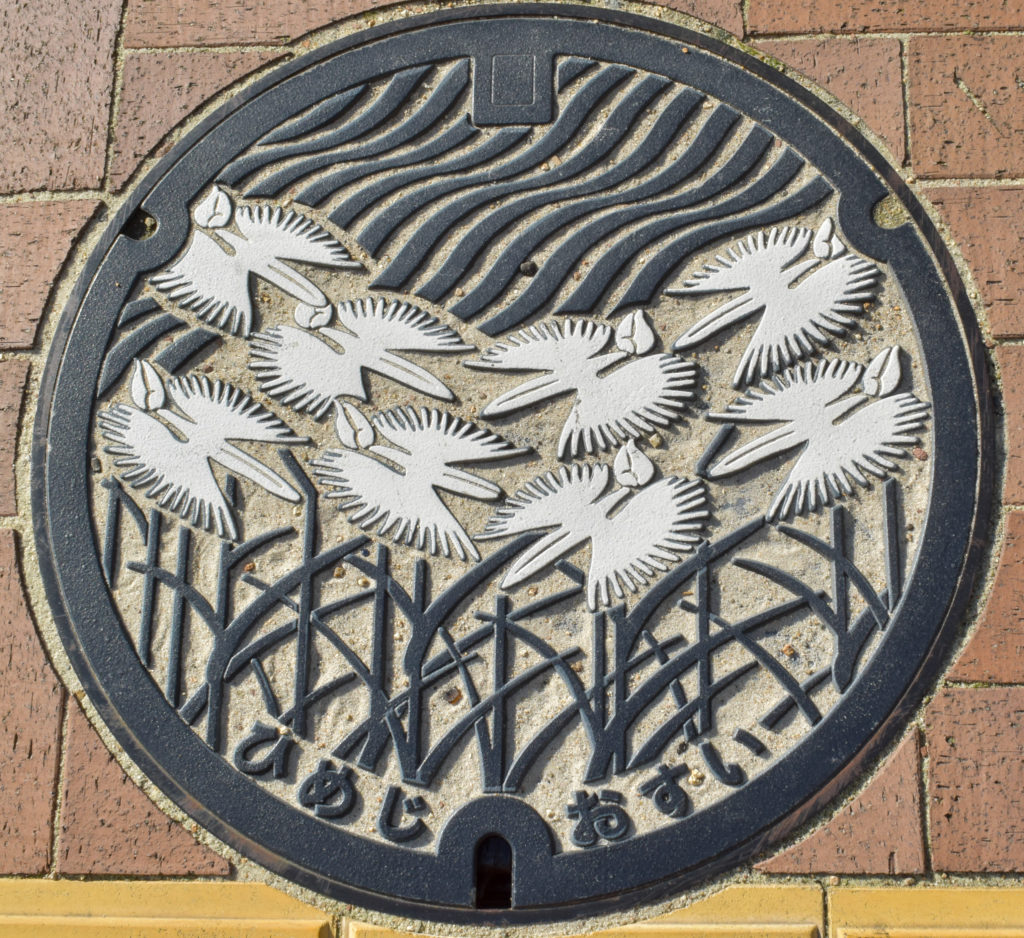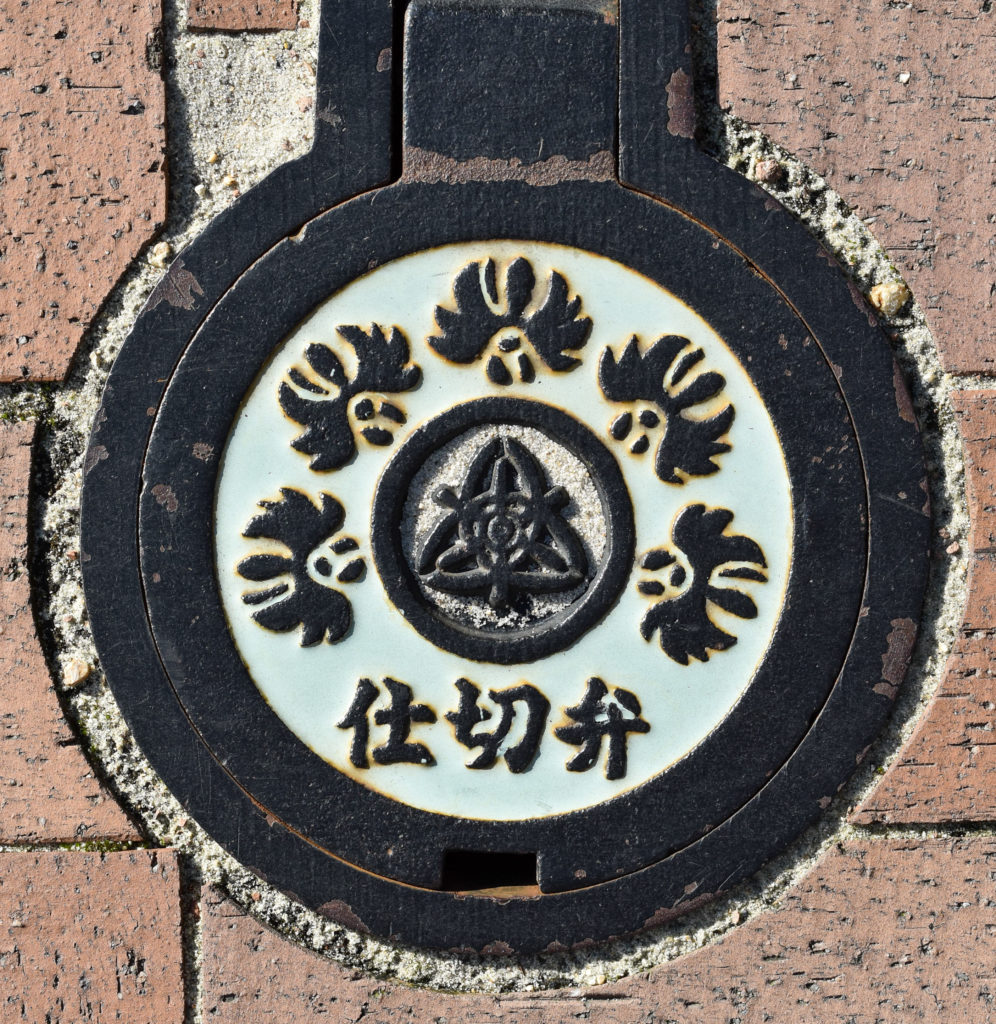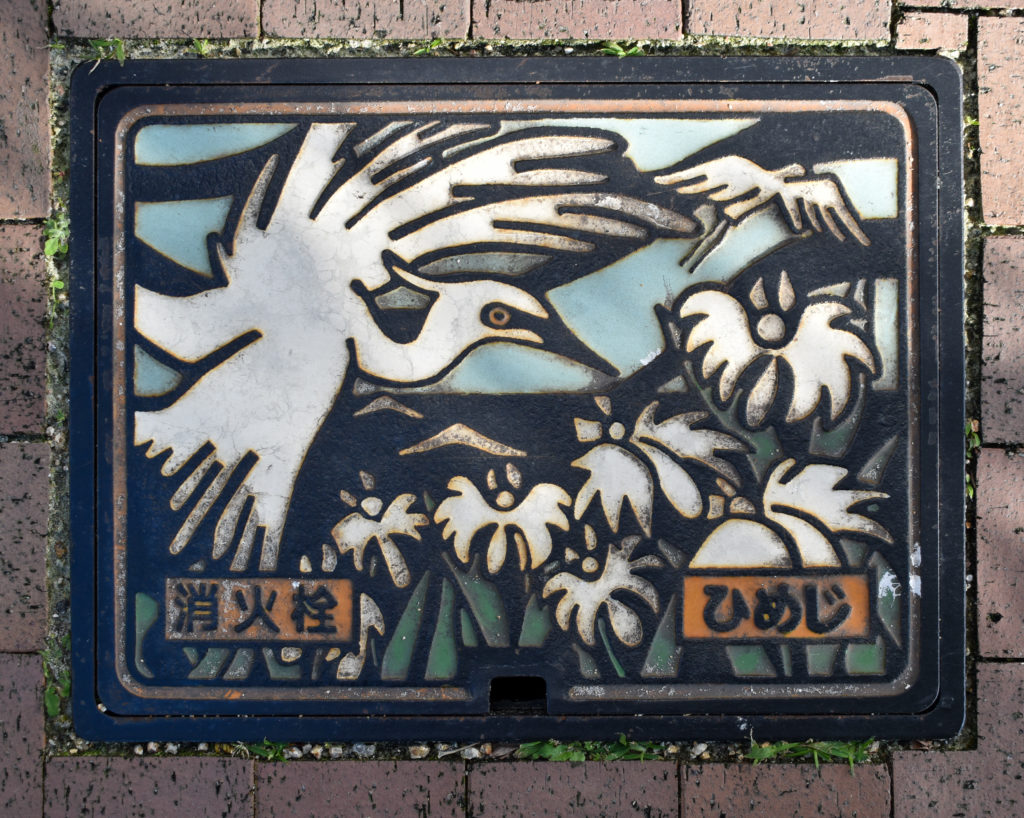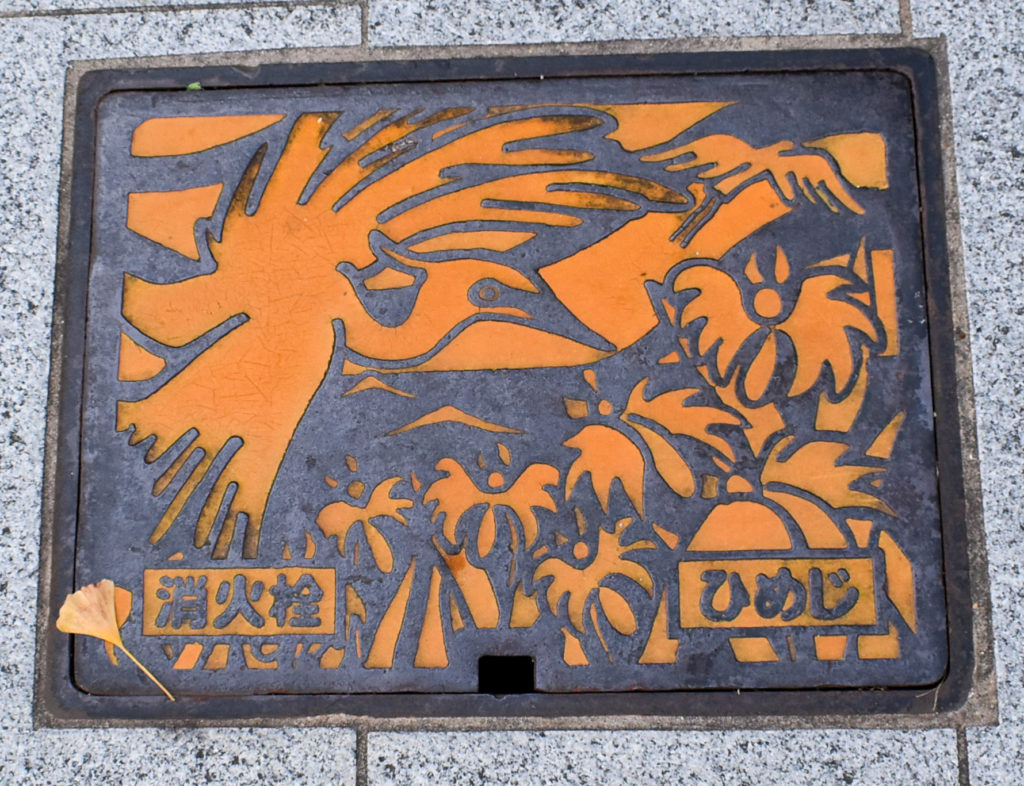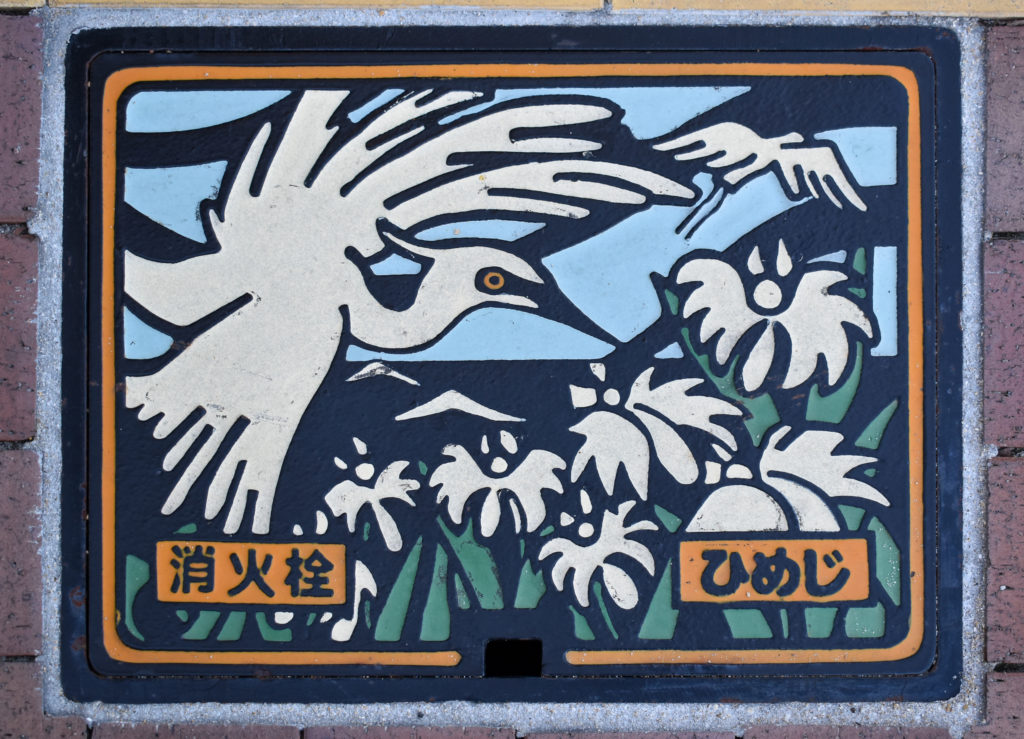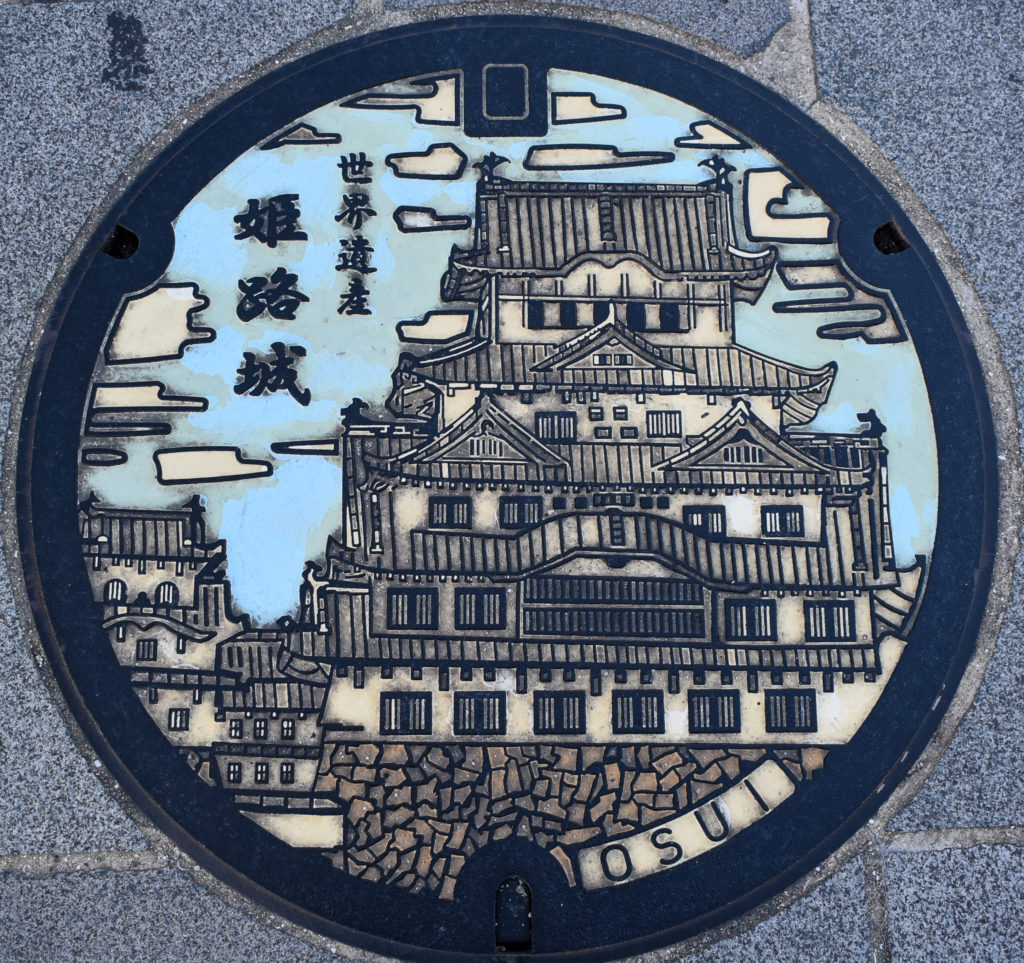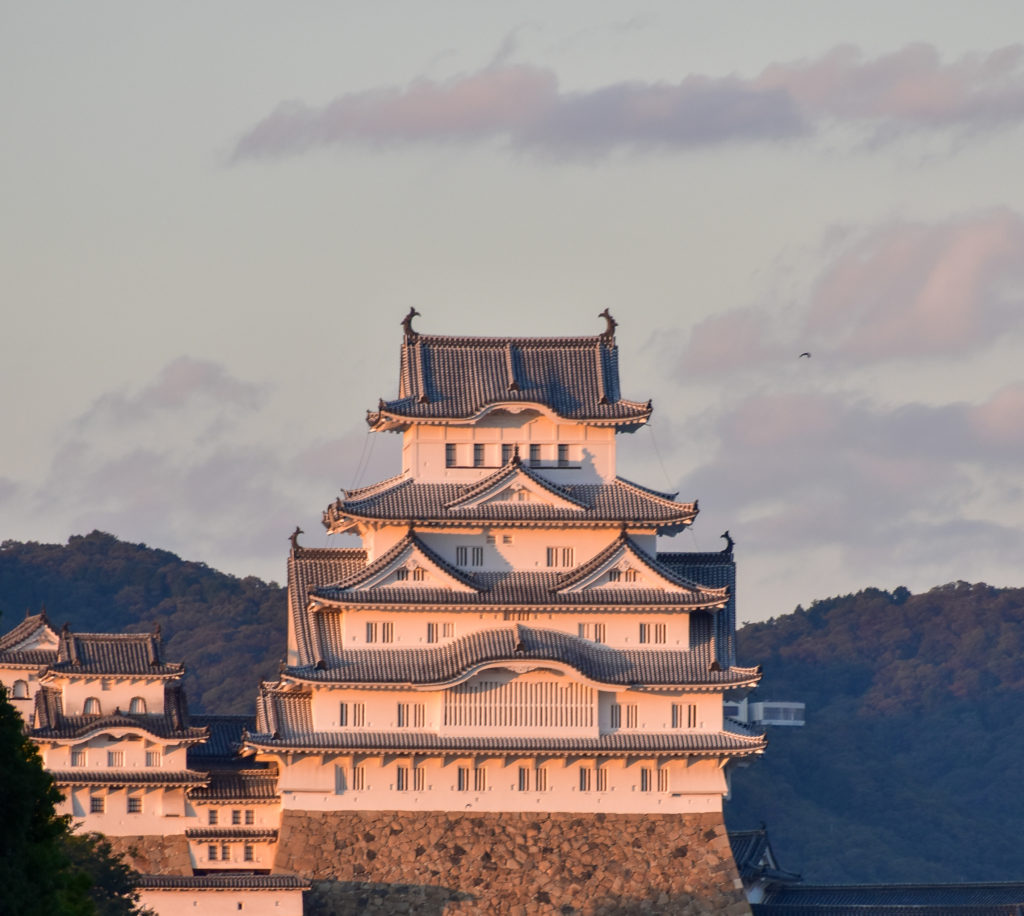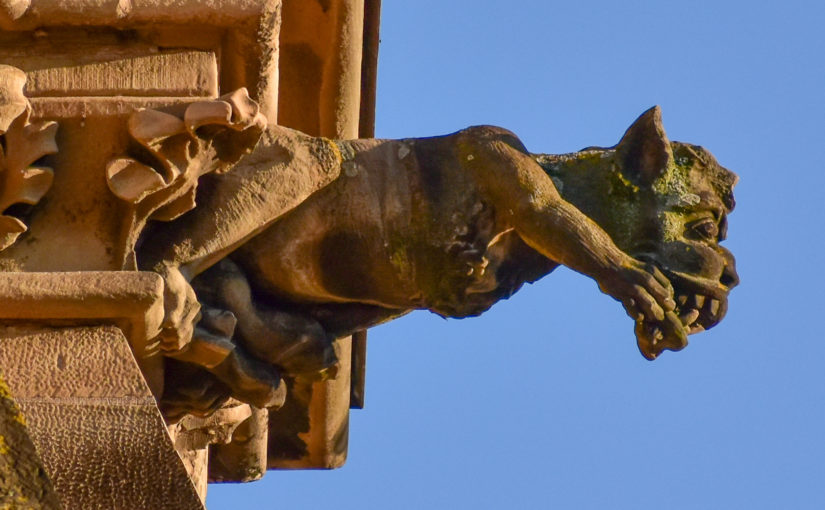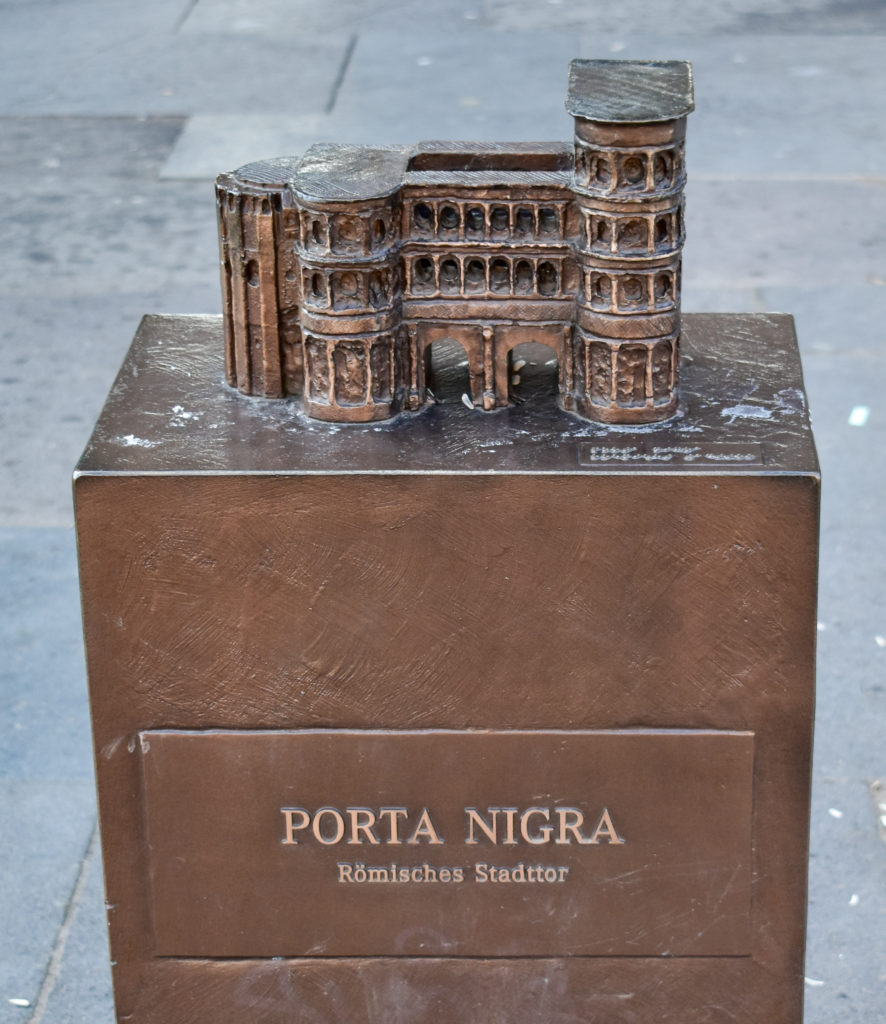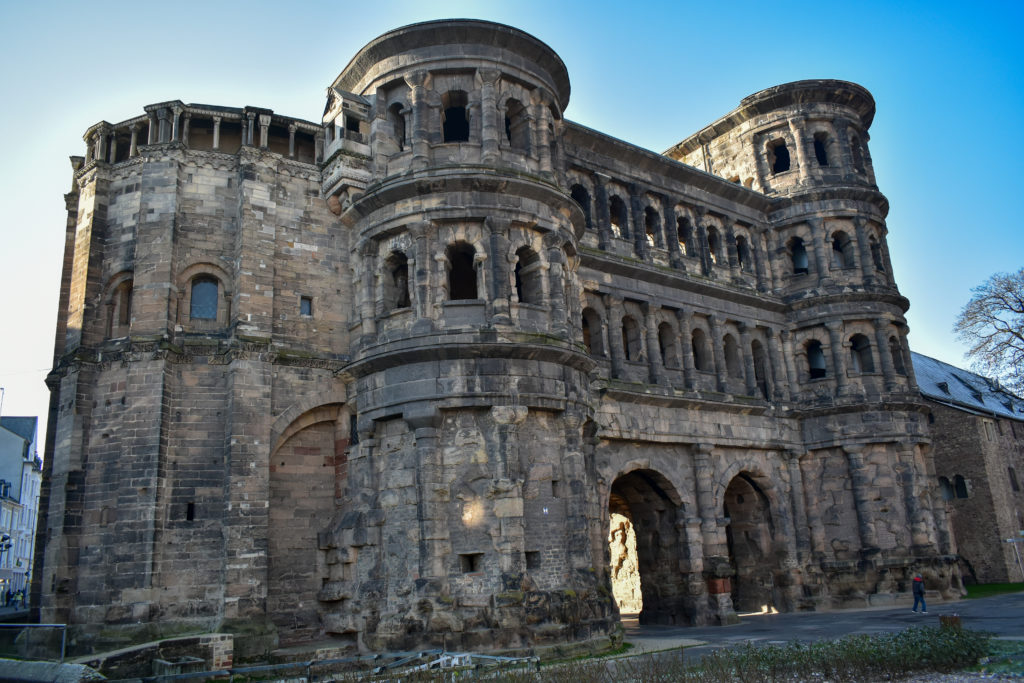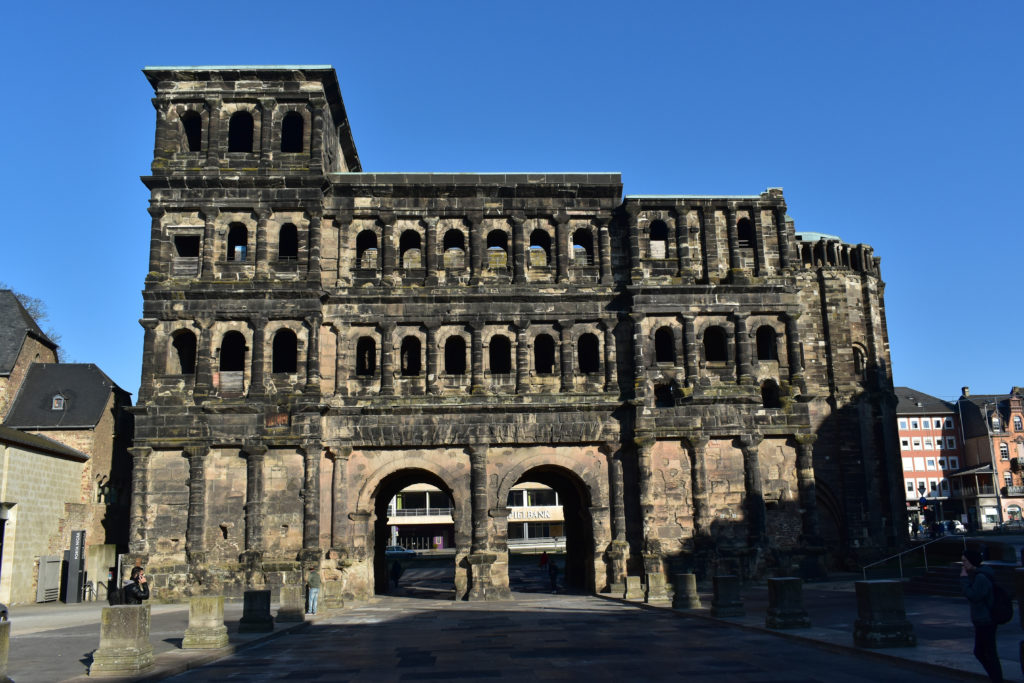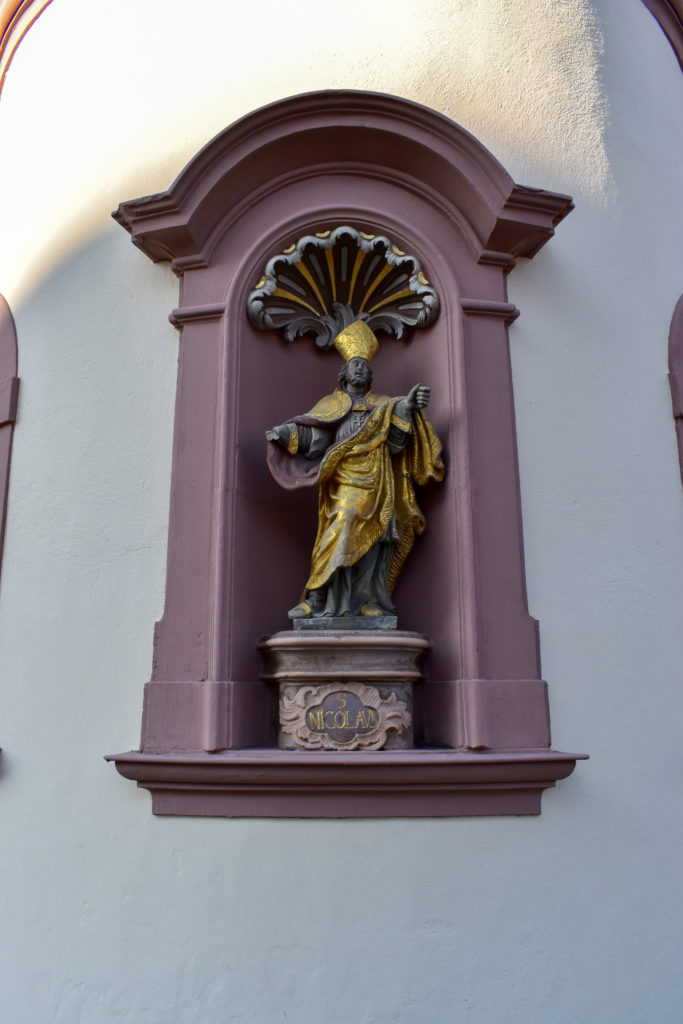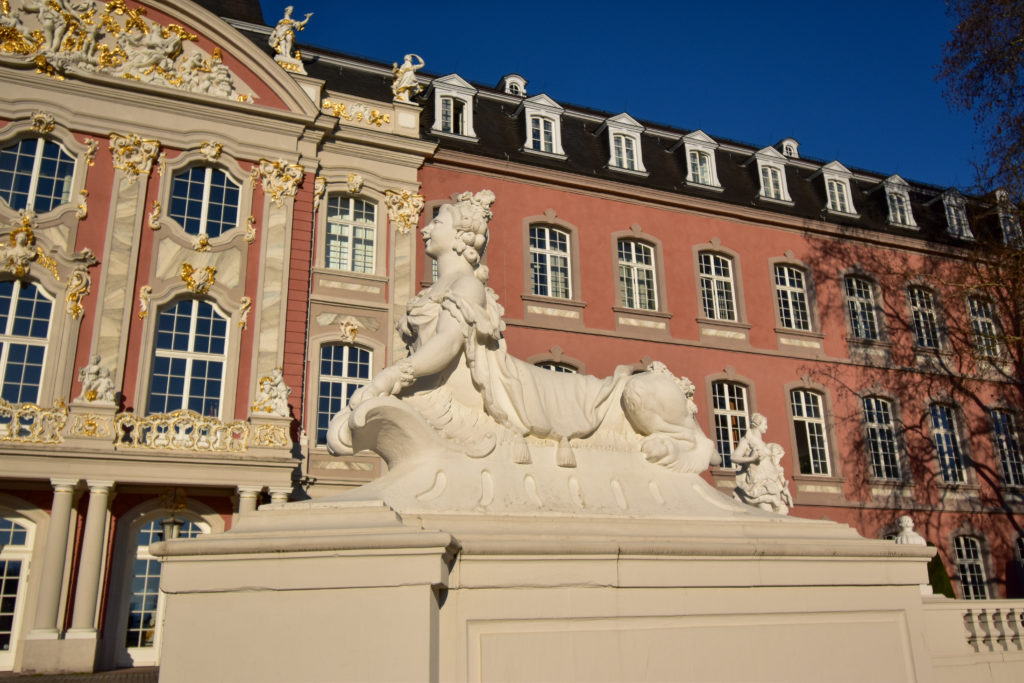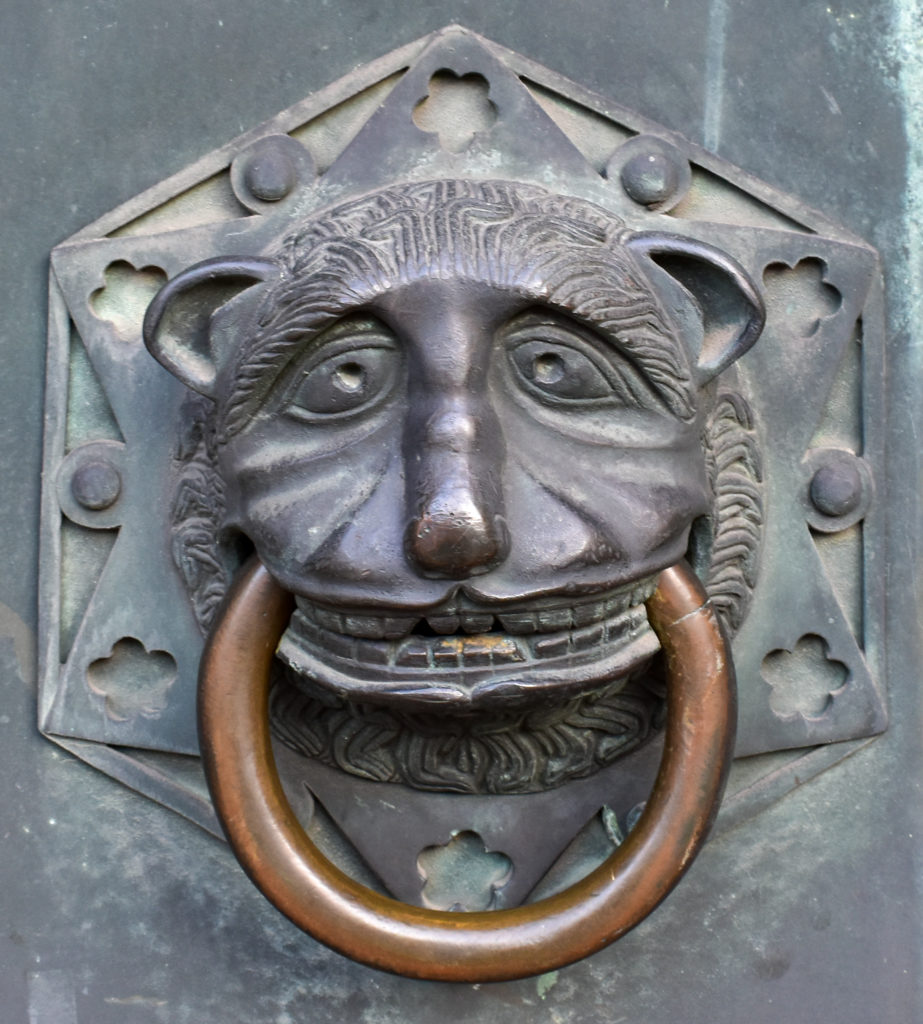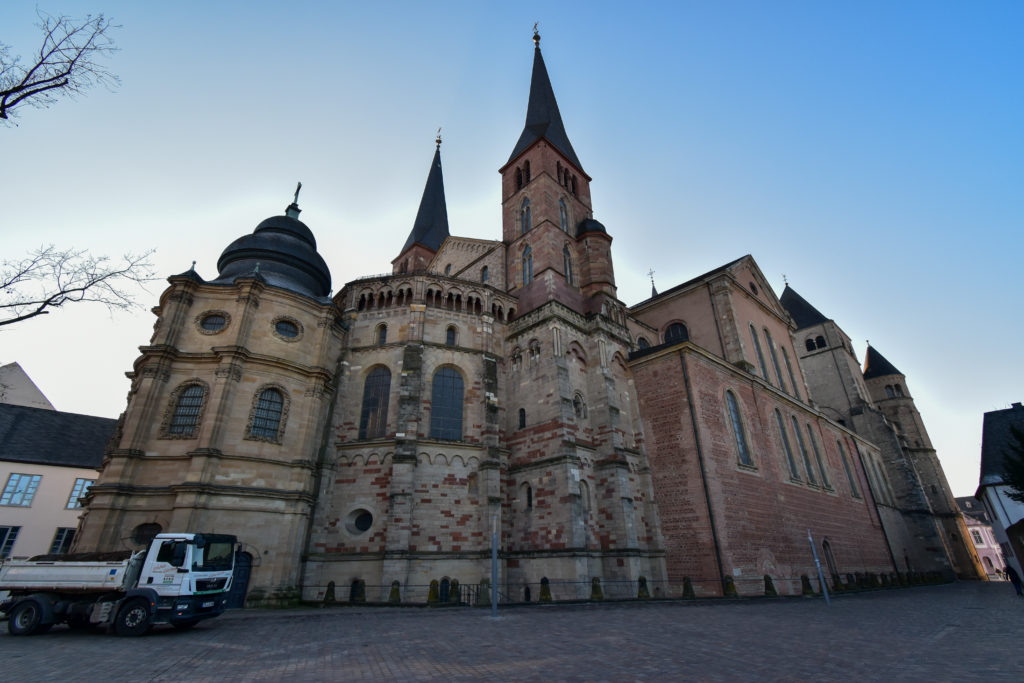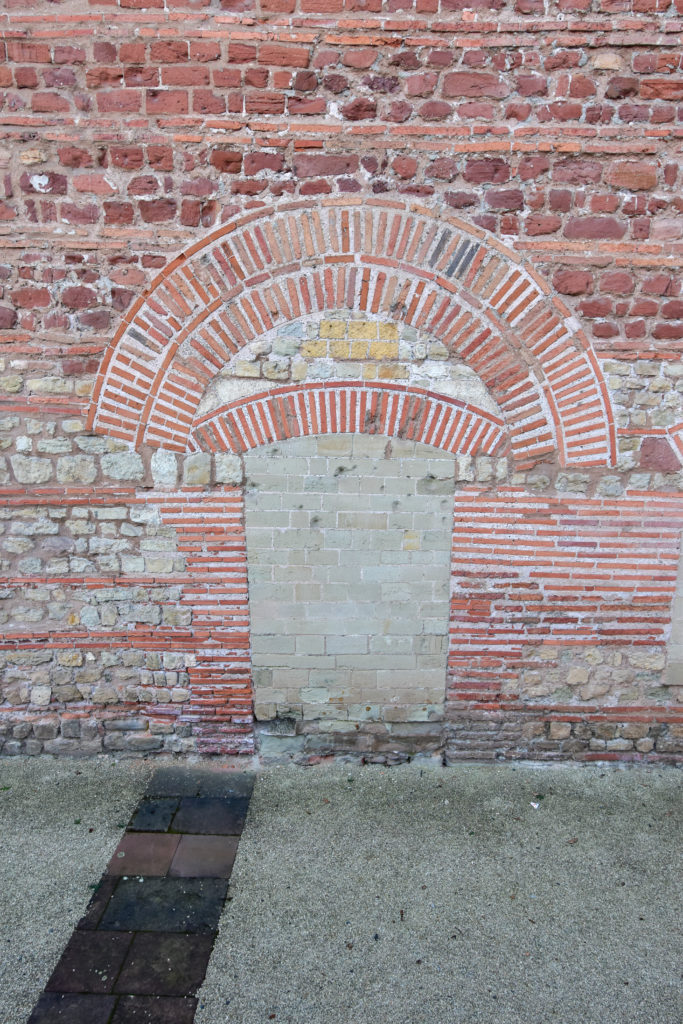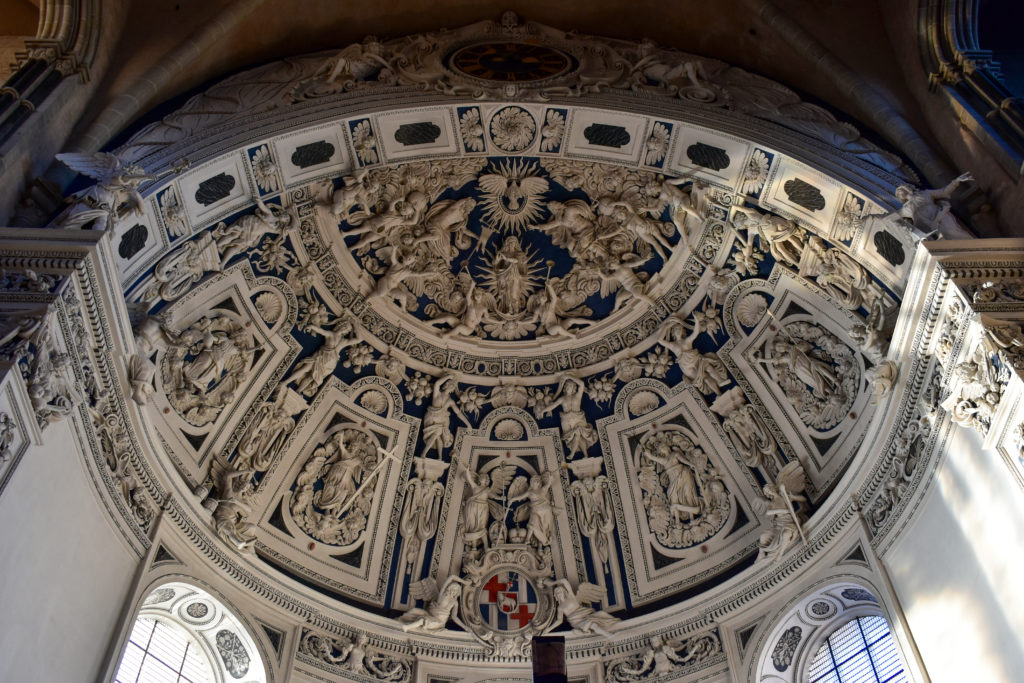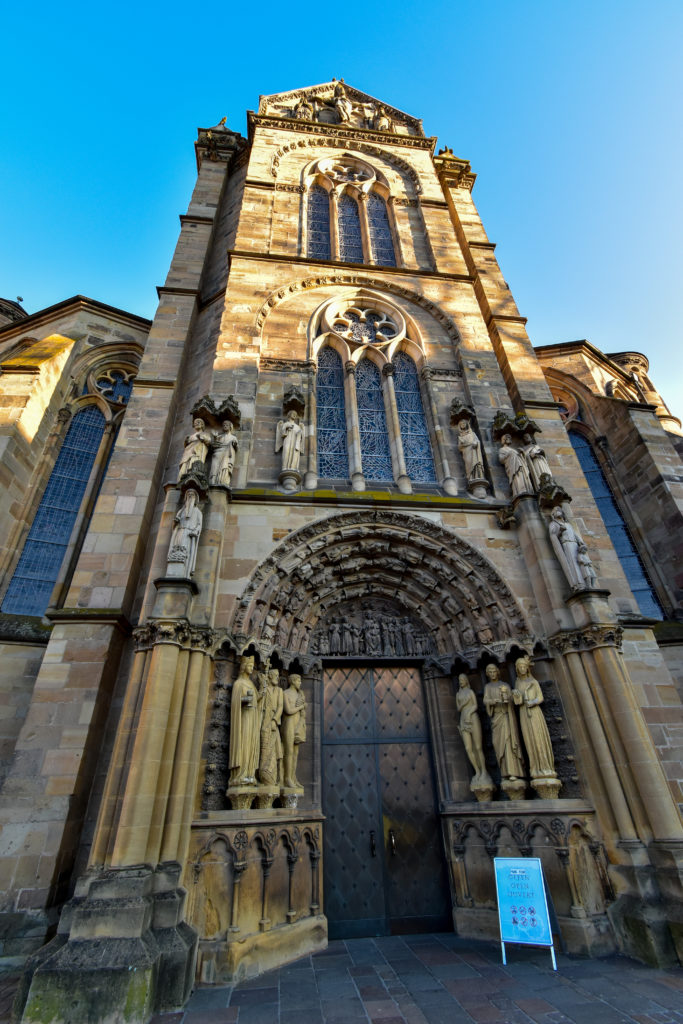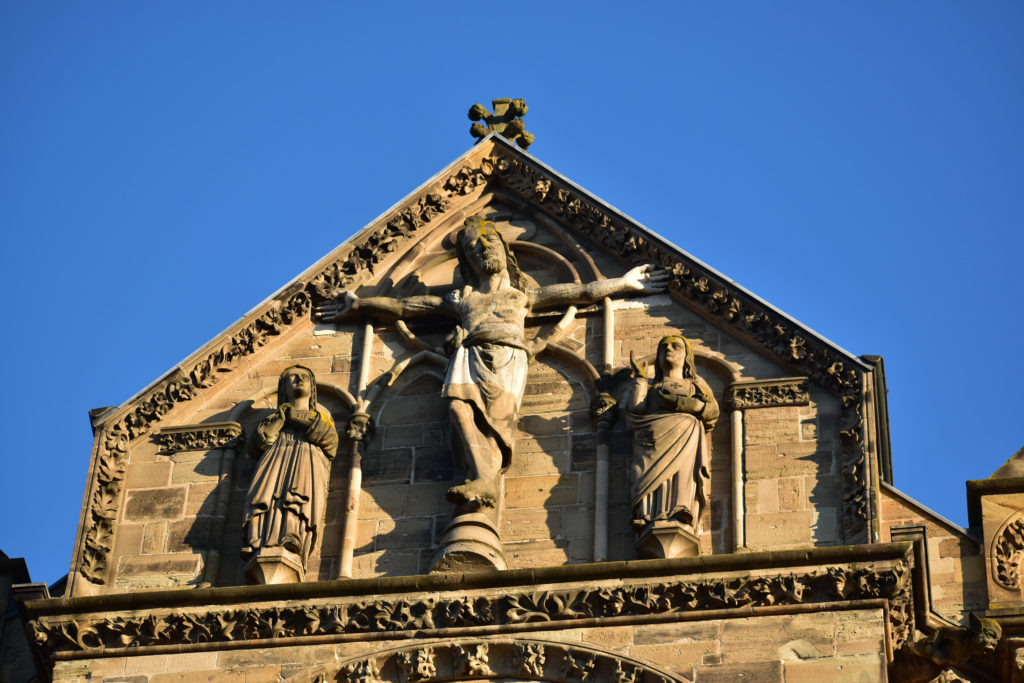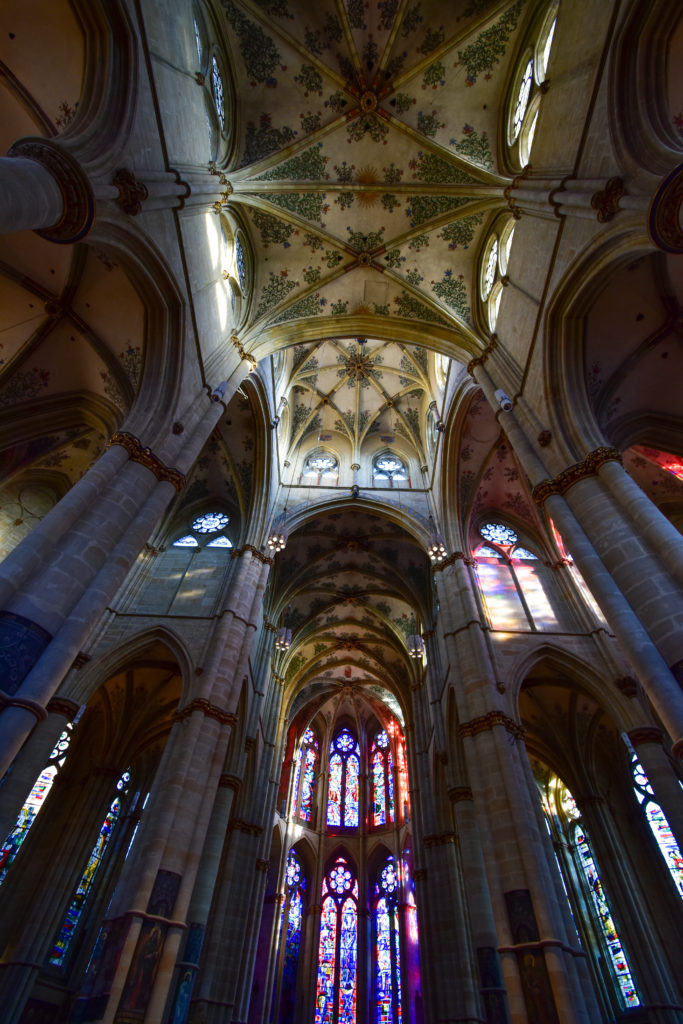For Labor Day we took a trip over to Rothenburg ob der Tauber, a town in the Bavarian region of Germany that still has a medieval walled city at its center.
The gate defenses are still intact, with multiple layers of walls to pass through and large gates to close across the way. Here’s the west gate from the outside and one of the southern gates from the inside:
The city was considered to be the ideal German “Home Town” by the Nazis. It was damaged by bombing during World War II, but donations from all over the world helped to rebuild it after the war. On the inside of the walkway around the top of the wall are stones with names and locations of donors. Below are the steps up to the walkway at a gate on the northern side of the city (Klingentor) and the view of a couple of the towers on the east side (Galentor and Röderturm) from inside the walkway. Röderturm is on the inside of a gate that has a bridge over a dry moat, but we didn’t get a picture of that on this trip.
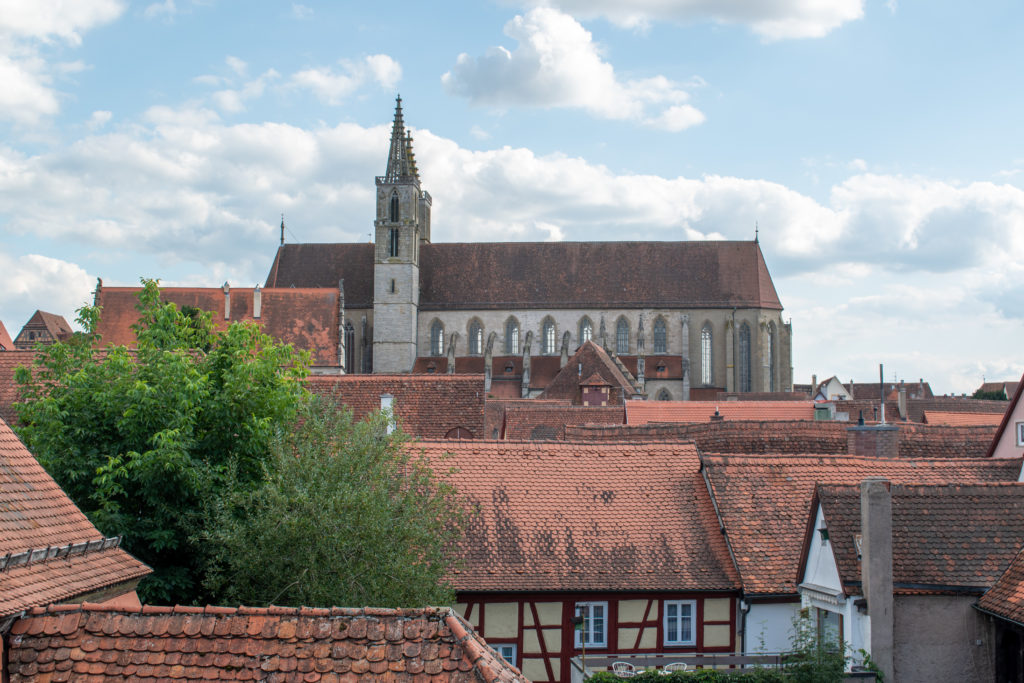
In the center of town is St.Jakobskirche, or St. James’s Church is in the middle of Rothenburg. We didn’t go in on this trip, but we got a good view of it from the wall walk at the end of our visit.
Many of the buildings we saw were of the traditional “Half-Timbered” construction, where large pieces of timber were joined together to make the frame, then the gaps were filled in with a non-structural material, leaving the timber frame exposed on the outside of the building.
There were a number of fountains in Rothenburg. This one is the herrnbrunnen, which has a crowned mermaid with two fish tails on top. The inscription on it marks it as being from 1595, and it’s where bakers who were found to be fraudulent were dunked as a punishment.
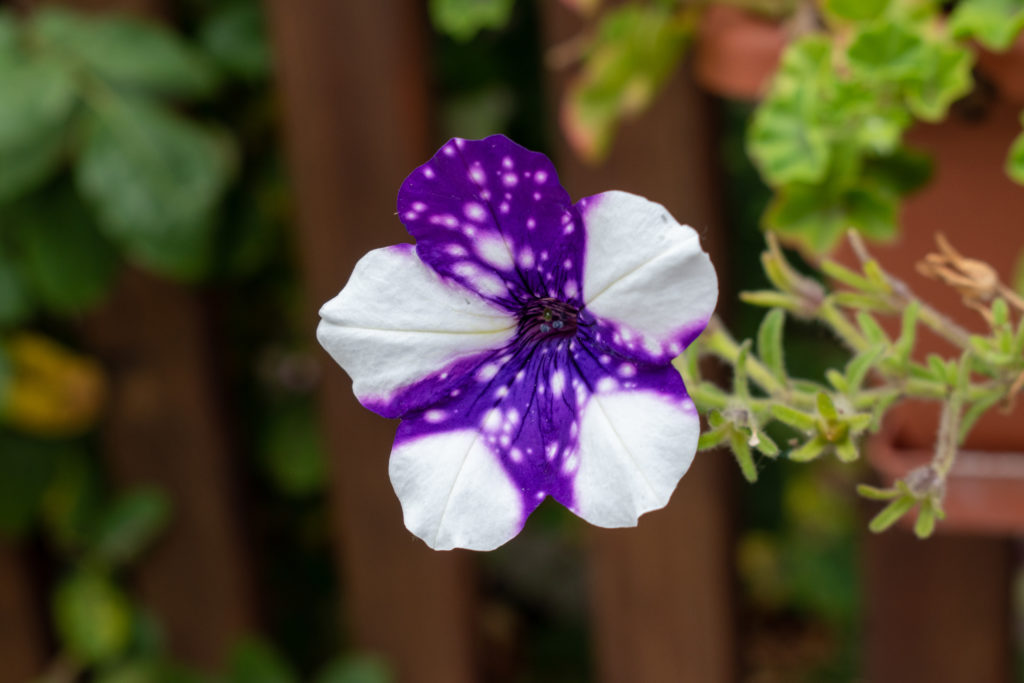
All over Germany we’ve seen window boxes full of flowers outside houses, or when the weather isn’t as nice rows of potted flowers just inside windows. We don’t usually stop to take pictures of them, but this one caught my eye as being an interesting pattern.
